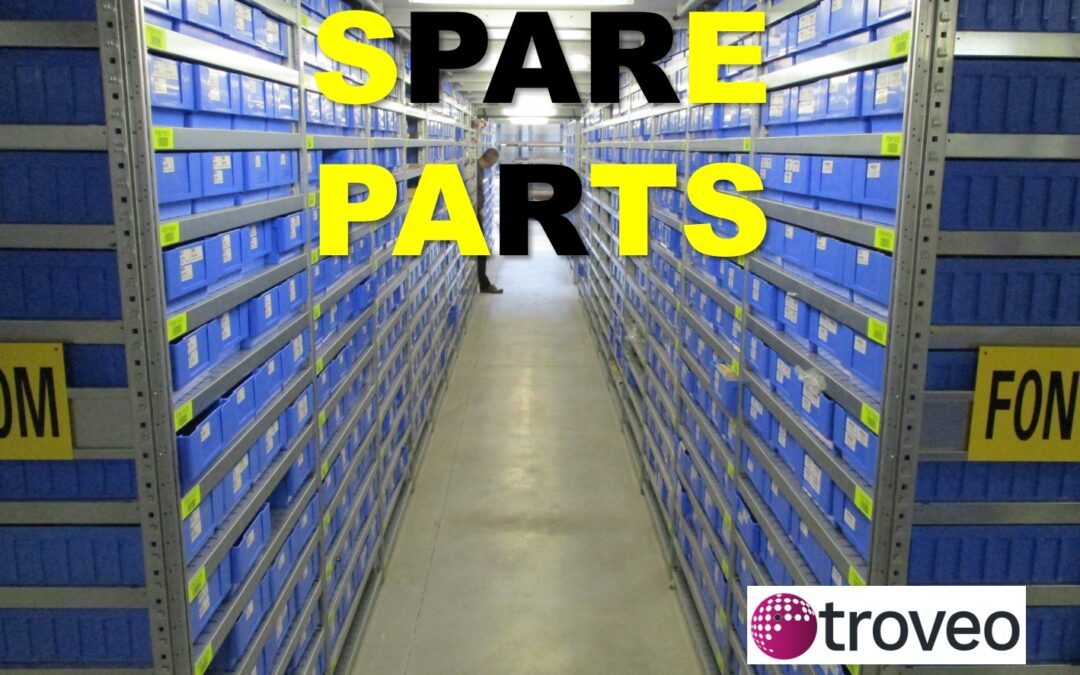[June 2021] Often, especially in the case of used power plant or other generation units, the associated spare parts are largely available in stock. Often owners of used power plants or components ask themselves whether the spare parts in stock should be offered together with the block on sale or should be marketed separately.
troveo expert’s advice would be to rethink the sales strategy along these two options:
- If the power plant or the generation unit is to be sold as a whole, then the availability of spare parts in stock constitutes a key purchase factor for the buyer. This stock should therefore be offered additionally to the asset and hence contribute to a better sales price.
- If the focus is on the sale of individual components, the spare parts have much less value for a buyer, e.g. in case of a replacement after a damage, because a buyer could still have his own parts in stock. In addition, many spare parts, especially smaller ones such as screws, gears, belts or seals, are not necessarily compatible to a specific component. In this case, we advise the seller to sell the stock to a specialised recycling company. This way they would reduce the stock faster and recover some costs, albeit at a substantial discount on unused parts.
In the following, we describe indicatively how we value a stock in the case of a block sale:
The troveo valuation method assumes that unused spare parts do not age, but are subject to flat-rate discounts due to limited reusability. Hence, their value is simplified and discounted at a flat rate of approx. 35% of the original procurement prices. Given the currently very low inflation rates, such effects could be disregarded.
However, the spare part value as a lump-sum reduction of the new price is based on the assumption that: the inventory contains a so-called “normal distribution” of spare parts, i.e. it contains few high-value and many low-value materials.
The former, i.e. the high-value stock, usually includes full replacement components (e.g. a pump or a transformer) or block components (e.g. a turbine rotor). Such can be sold as stand-alone assets.
by Anduena Stephan, Dipl. Phil., MBA International Business

